Clean Your Tools The Inexpensive Way
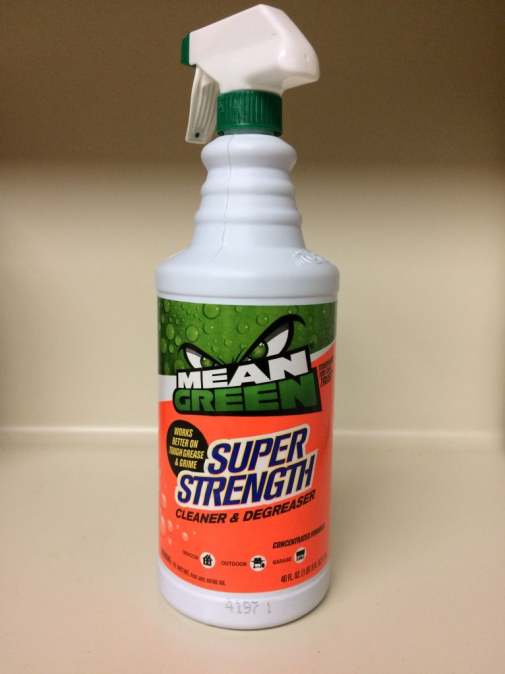
Article on using Mean Green cleaner for cleaning saw blades
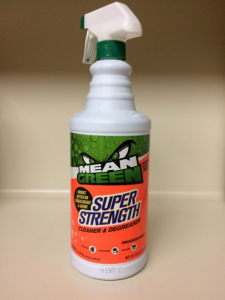
If you’ve seen those “resin and pitch” removers that all the trade magazines and online retailers sell but were put off by the cost then there is an alternative that may work for you. I clean my blades and bits with a product called Mean Green Cleaner and Degreaser, which is widely available and costs about $2-3 per quart in a spray bottle. (I recently saw it for $2.27 at Walmart.)
This product contains no acid, bleach, or ammonia and is safe for most surfaces. There are some caveats, all clearly noted on the container.
Usage:
To clean your blades spray the area you want to clean and let it soak for a few minutes. A large flat plastic bowl is great for saw blades. You will probably see the solution begin to turn brown as the residue is dissolved.
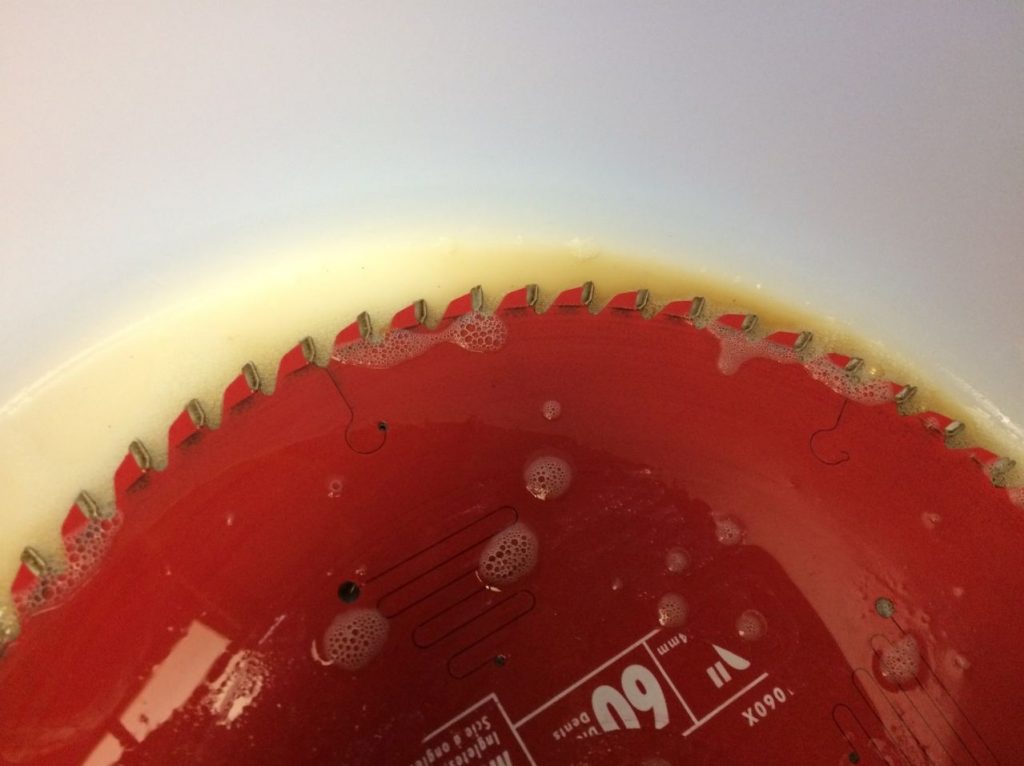
After a few minutes brush off remaining buildup. I use a brass bristle brush (from Lowe’s, about a buck) to avoid scratching the tool edges. Once your tool is clean rinse in warm water, dry, and apply whatever rust preventer you normally use.
If you have extremely heavy buildup from cutting something with a lot of resin content, like heart pine, then Mean Green might not work for you. In that case you might have to resort to something that’s more aggressive or chemically different. That might be a good time to try one of the expensive resin and pitch removers.
Also, if you’re planning to clean a bunch of router bits be sure to remove any pilot bearings first! This cleaner will leach out your bearing lubricant.
Here are a couple of before and after shots of a saw blade that I recently cleaned:



Before 
After
This product works well for me, and so far I haven’t seen any negative effects from using it. I originally bought it to clean the white walls on my motorcycle tires because other cleaners containing bleach were too hard on my alloy wheels.
With ANY cleaners, including this one, a little caution is justified before you just drop your blades and bits in a tub and walk away for the night.
Because the question came up in our discussion let’s talk about Simple Green, which is a different product entirely. Original Simple Green will probably work just as well, but it contains citric acid (~1%) which can attack your tool steel if left long enough. So for that reason alone I choose not to use it. I routinely use citric acid in powder form dissolved in water to remove rust, and it will pit your metal if you’re not careful.
The question of whether to use Simple Green has come up many times in various woodworking forums, and as you might expect there are many opinions on Simple Green as well as other cleaners. Regarding Simple Green I found a couple of responses in the Sawmill Creek forums from the company that are pretty clear on the subject if you’d like to read them.
Simple Green had this to say:
All Purpose Cleaner should not be used to soak saw blades for any period of time. Any application other than spray and wipe is not recommended.
The recommended product for cleaning saw blades is Simple Green Pro HD which has no effect even during long soak times. Simple Green Pro HD can be purchased at Home Depot.
Simple Green Technical and Customer Liaison
And there was this:
Simple Green has been used to clean carbide blades for many, many years because it does a good job of breaking down wood resins and sap.
However, the Kennametal Cobalt Leach Test shows that restriction should be placed on using Simple Green to clean carbide tooling. Blades should never be soaked in Simple Green, and we have never recommended that this be done.
Utilization of Simple Green at a 1:10 dilution ratio with water, sprayed on, scrubbed, and rinsed off, should not cause any damage or deterioration to carbide blades. With proper dilution and rinsing, there is not a cumulative effect of cleaning with Simple Green. Problems arise with too strong a solution being left on the carbide blade or tool for too long. Soaking should always be avoided.
Carol Chapin, Environmental & Regulatory Director, Sunshine Makers, Inc. / SIMPLE GREEN
I think I might pick up some Simple Green Pro-HD and see how it works. It’s not clear to me whether citric acid is the bad actor in original Simple Green, but it’s interesting to note that the MSDS sheet for Simple Green Pro-HD does not list citric acid as a component.
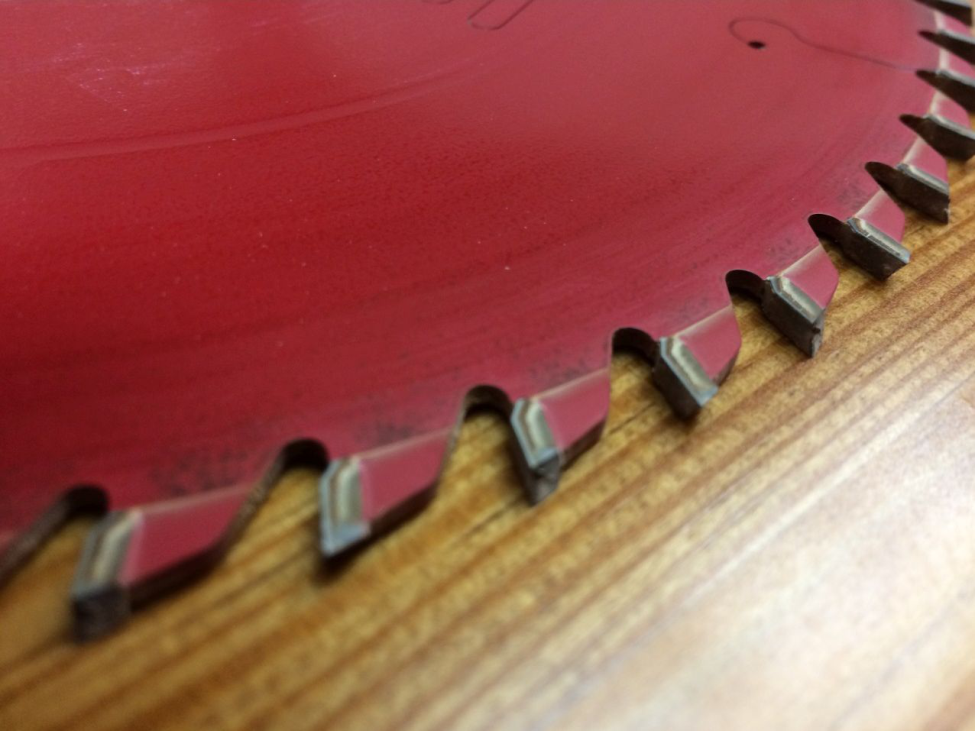

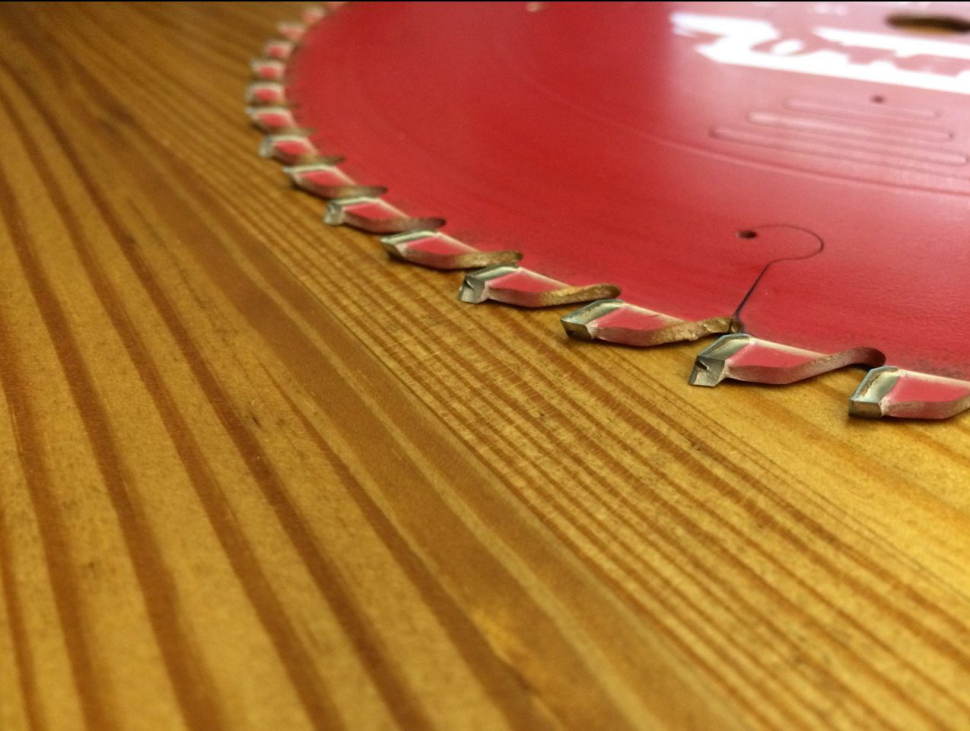
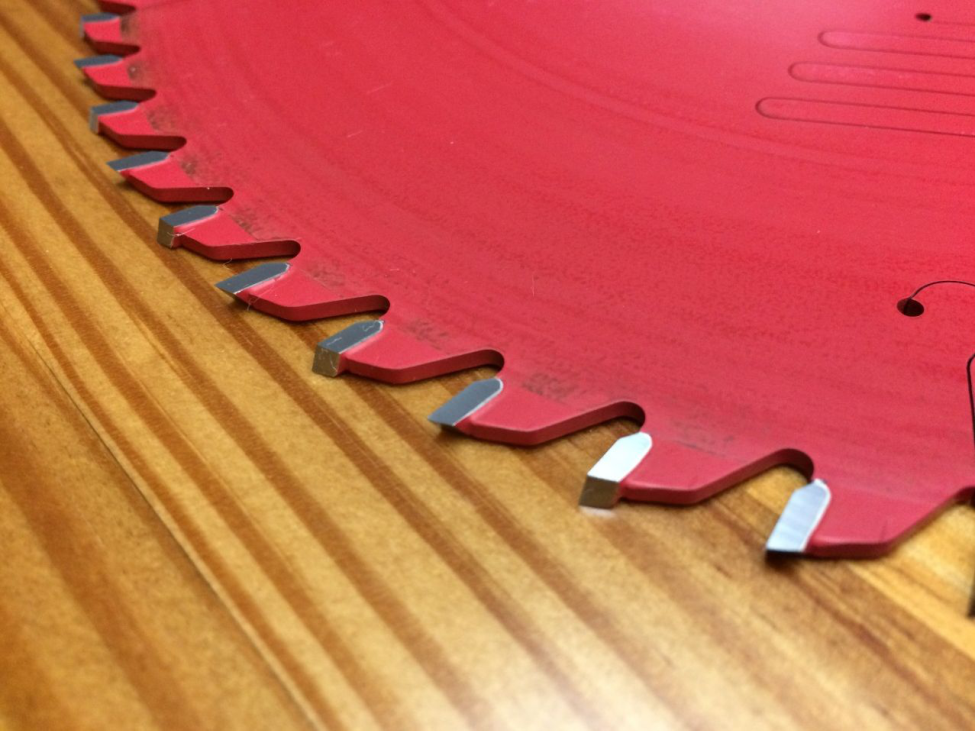
Leave a Reply
You must be logged in to post a comment.